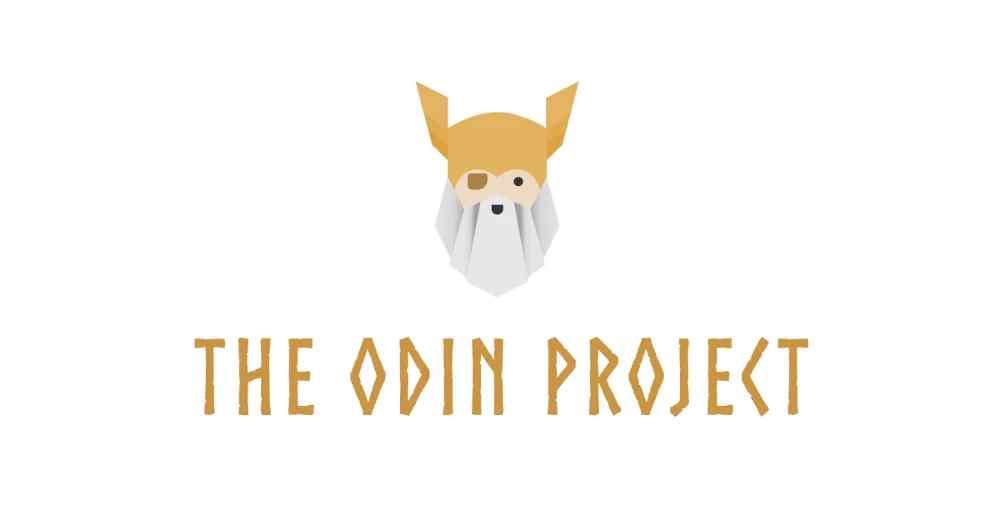Part 3 : Kid Coder Review: The Odin Project
This blog post is the third a five-part series reviewing popular, affordable online platforms that teach kids to code. Each review focuses on four key areas that matter most when choosing a learning tool for children:
Beginner-Friendliness
Interactivity and Enjoyability
Content Quality
Cost and Accessibility
Reviewer:
Braedyn Thompson is a rising sophomore at UC Berkeley studying Computer Science & Economics and one of Kigumi Group’s Inclusive Tech Intern for summer 2025.
The Odin Project Rating by Kigumi
Overall Rating by Kigumi Reviewer: 9.1 / 10
Beginner-Friendliness — 9.2 / 10
Interactivity and Enjoyability — 8.0 / 10
Content Quality — 9.6 / 10
Cost and Accessibility — 9.6 / 10
The Odin Project is an outstanding choice for motivated beginners ready to dive into real-world web development, all without spending a dime. Its structured, project-based approach not only builds technical skills but also simulates the experience of being a working developer. What impressed me most is how The Odin Project prepares learners for genuine career paths, not just theoretical exercises. For teens, adults, or anyone serious about becoming a full-stack developer, it’s one of the most comprehensive free options available. While it may lack the playful storytelling or heavy gamification of some platforms, its practical, no- nonsense focus delivers tangible results. With minor additions like interactive coding sandboxes or light gamification, it could become an even stronger entry point for coding newcomers.
Beginner-Friendliness — 9.2 / 10
How easy is it for a child with no prior coding experience to get started, follow along, and stick with it?
The Odin Project is one of the most comprehensive free resources for learning web development — but I’ll be honest: it can feel a bit daunting at first. Unlike some beginner platforms with colorful dashboards or built-in editors, The Odin Project expects
you to set up your own development environment from day one. This means installing a code editor, using Git for version control, and working directly with files on your computer. For total beginners, especially those unfamiliar with technical tools, this can feel overwhelming initially. That said, this challenge comes with a huge upside, you’re learning to code the way real developers do,
from the very beginning. Once you get past the initial setup, the platform’s step-by-step curriculum provides clear guidance through each topic, building from basic HTML and CSS all the way to JavaScript, GitHub, and full-stack development.
How it could improve:
The text-heavy lessons, while thorough, may feel intimidating to complete beginners, especially those
used to more visual or interactive platforms. Integrating occasional video walkthroughs or interactive
editors within lessons could help break up the reading and enhance accessibility for visual learners.
Interactivity and Enjoyability — 8.0 / 10
Does the platform actively engage kids through hands-on learning? Is it fun enough to keep them
coming back? The Odin Project thrives on learning by doing. From the early lessons, you’re encouraged to code along
in your own development environment and build real projects — websites, applications, and even full-
stack solutions. What stands out is the emphasis on project-based learning. You’re not just passively consuming
information — you’re applying it, debugging, and seeing your progress materialize through tangible results. This structure mirrors real-world development and provides a deep sense of accomplishment. That said, The Odin Project isn’t “gamified” in the way some beginner platforms are. There are no points, badges, or playful animations. Its focus is more professional — preparing learners for actual coding jobs.
How it could improve:
Adding gamification features can create a stronger sense of immediate motivation, especially for
younger learners or those new to independent learning. Simple elements like achievement badges,
progress bars, unlockable milestones, or even small rewards for completing sections can help break
down the learning process into more manageable, satisfying steps.
Content Quality — 9.6 / 10
Is the material clear, accurate, up-to-date, and genuinely useful? Does it teach valuable skills that can
grow over time? The Odin Project shines in this area. It’s known for its real-world relevance, using industry-standard
languages and tools like HTML, CSS, JavaScript, Git, Node.js, and React. Unlike beginner platforms focused on drag-and-drop coding or simplified environments, Odin equips learners with the exact skills needed for professional web development, the same tools and workflows used by developers in the field today.
The curriculum is thoughtfully structured and constantly updated by a global community of contributors, ensuring it stays aligned with the evolving demands of the tech industry. It doesn’t just focus on writing code; it also introduces essential developer practices like version control with Git, debugging techniques, responsive design, and collaboration tools that prepare learners for real-world team environments. What I especially appreciate is the portfolio-driven approach. Rather than relying solely on theoretical lessons, The Odin Project emphasizes hands-on, project-based learning. By the time you complete the core curriculum, you’ll have built multiple full-featured projects.
How it could improve:
While the content is strong, incorporating more real-time feedback, such as in-browser code testing or interactive coding exercises, would enhance the learning experience and reduce the barrier for absolute beginners who struggle to set up their own development environment.
Cost and Accessibility — 9.6 / 10
Is it truly free, with no hidden costs? Can kids access it easily regardless of where they live or what device they use? This is where The Odin Project truly stands out. The entire platform is 100% free, with no hidden costs, paywalls, or upsells. You get full access to comprehensive web development courses, projects, and resources — making it one of the most generous coding education platforms available. Because it’s browser-based for reading materials, with instructions on setting up free development
tools, it works on most laptops and desktops. Whether you’re learning from home, school, or a public library, it’s fully accessible.
How it could improve:
While the platform itself is free, the reliance on external tools (text editors, terminals) can feel intimidating for absolute beginners. Offering an optional web-based coding sandbox for practice could lower the initial learning curve, especially for learners who aren’t tech-savvy yet.
Reference: https://www.theodinproject.com/lessons/node-path-javascript-objects-and-object-constructors


